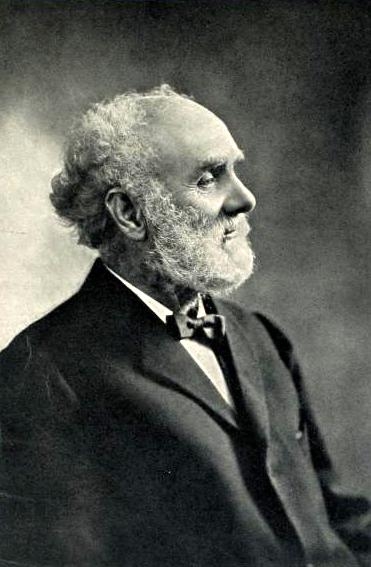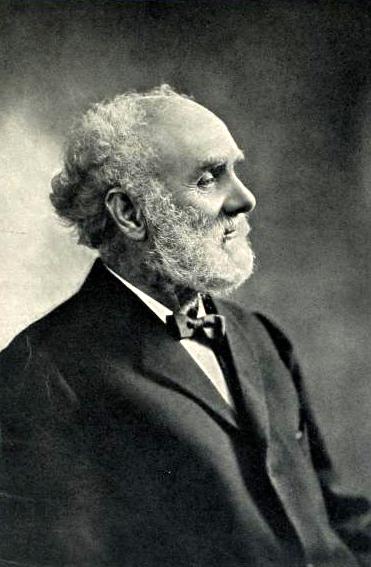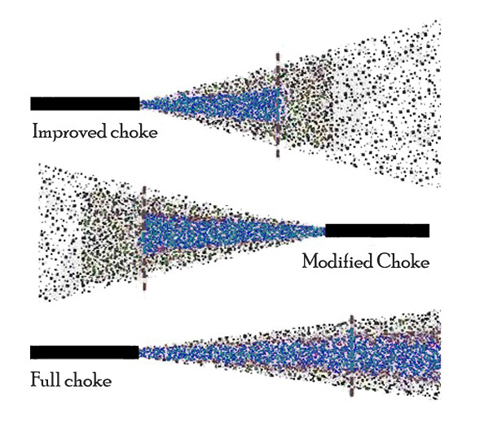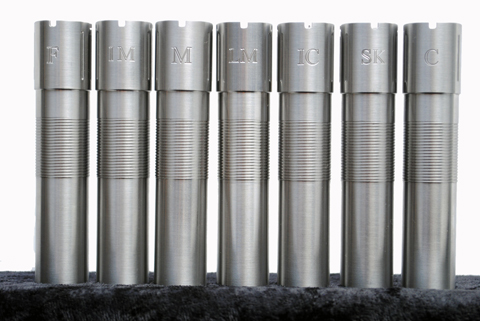The History of Shotgun Chokes

Find any group of shooting men and women around a table and often the conversation will include “Chokes” and the vagaries of the mystic powers of choke.
The term “choke” applies to the inner bore diameter around the muzzle, which is generally smaller than the diameter at the breech. The difference in the diameters is typically measured in thousandths of an inch – ranging from 0.005 of an inch up to 0.040 of an inch.
It is unclear who actually invented the concept of a choke, although numerous patents have been granted. What we do know is that J.W. Long, in his book “American Wildfowling” credits a Jeremiah Smith of Southfield, Rhode Island, as the gunsmith who first discovered the concept, as far back as 1827. But many modern-day Americans credit a gunsmith and wildfowler named Fred Kimble with using choke boring to win the Illinois State Championship on numerous occasions in 1868. Yet another American, Sylvester Roper, who was a friend of Kimble, had actually applied for a patent in 1866. Interestingly, that’s what W.R. Pape did here in England six weeks after than Roper’s American patent application.
But I think it is necessary to point out that the Americans’ and Pape’s efforts were rather crude and the results were not often repeatable or quantifiable in performance terms. It was not really a new dawn until Englishman William Wellington Greener was commissioned by a customer who described in a letter of instruction to Greener to produce a gun with choke boring. (Had the customer traveled to America?)
 W.W. Greener
W.W. GreenerW. W. Greener’s first intimation of the choke formation was derived from instructions given in a customer’s letter in early 1874. The customer’s instructions described a choke, but did not give any details on the size or shape, or how it was to be obtained. Hence, Greener had to conduct many experiments to determine the perfect shape and size of a choke for a given bore. (These experiments continue today with the theories of the different choke borers /manufacturers all claiming that their profile is the best, all with differing theories and ideas.) After that, he developed tools to produce the choke bore profile correctly and smoothly.
The system of choke boring that Greener pioneered was so successful that it was later adopted by other manufacturers and hence, some authorities give him the credit for inventing the concept, since his method became the first repeatable method of choke boring. It should be mentioned here that William Ford, who was later to become a Birmingham gunmaker in his own right, was known and indeed credited with boring the “Field” Trial winning guns.
 The concept behind interchangeable chokes is to alter the shot pattern according to the target.
The concept behind interchangeable chokes is to alter the shot pattern according to the target.In December 1874, the first mention of Greener’s choke bore appeared in an article by “Stonehenge” J.H. Walsh, the editor of Field magazine. The article mentioned the extraordinary shot pattern that the Greener shotgun could produce. The next issue came with an advertisement from Greener, stating that the firm would guarantee that their new guns would shoot a closer pattern than any other manufacturer. The advertisement claimed that Greener 12 bores were warranted to shoot an average pattern of 210, when the best 12-bore gun in the London Gun Trial of 1866 could only average 127. Naturally, the advertisement generated considerable controversy, especially from rival manufacturers of cylinder guns, who refused to believe the numbers quoted in the advertisement.
In order to resolve the controversy, the editors of Field magazine decided to conduct a public trial in 1875. The London Trial of 1875 pitted choke bores and cylinder guns of various manufacturers in four categories: Class 1 (large bores, any boring), Class 2 (choke bores, 12 gauge), Class 3 (guns of English boring or cylinders) and Class 4 (small gauges, any boring).
The choke bored guns performed better than the cylinder guns in all these tests, and W.W. Greener choke bore guns won the class 1, class 2 and class 4 categories. Greener choke bores also won at the London Gun Trials of 1877 and 1879, and the Chicago Field Gun Trial of 1879. The results of these trials were responsible for helping to make the W.W. Greener name famous, and for confirming the practical advantage of a repeatable method of controlling the performance of a choke on a shotgun.
 The Winchester Model 59.
The Winchester Model 59.It was not until 1959 that American gunmaker Winchester introduced the Model 59 Semi-Auto with a removable/replaceable choke sleeve in the muzzle. This was fraught with problems regarding performance and reliability, but Winchester persevered and in 1970 introduced the Model 1400 with the now famous “Winchoke,” which is undoubtedly the forerunner to modern day multichoke systems. But is there a “magic” choke constriction? Well, as they say, beauty is in the eye of the beholder and surely choke is in the opinion of the user.
What is certain is that to break a clay target it is accepted that we need at least three pellets to strike the clay and probably four to five to mortally wound a bird. For this we need a constriction (choke) that produces an effective pattern at the distance (range) that we engage the bird or target.
 Recently introduced chokes for Berettas from Cole Gunsmithing now represent the state-of-the-art in modern choke manufacturing (www.colegun.com).
Recently introduced chokes for Berettas from Cole Gunsmithing now represent the state-of-the-art in modern choke manufacturing (www.colegun.com).We would not necessarily need a Full choke to place 4-5 pellets in quarry at 20 yards (we would have far too dense a pattern). Conversely, we would be struggling to have an effective pattern using Skeet 0.005-inch constriction on a bird at 40 yards plus, the pattern would have far too many gaps and holes in it.
Choke is nominally labelled and identified by the following names and level of constriction in the UK:
- Cylinder which is the true bore of the barrel (no constriction)
- Skeet normally 0.005 inch
- 1/4 choke 0.010 inch (Improved Cylinder)
- 1/2 choke 0.020 inch (Modified)
- 3/4 choke 0.30 inch (Improved Modified)
- Full choke 0.40 inch
 A cut-way rendering that illustrates interior bore constrictions at the barrel muzzle.
A cut-way rendering that illustrates interior bore constrictions at the barrel muzzle.A very good rule of thumb to use to select the correct choke is as follows.
- For 40 yards or more use Full choke
- Up to 35 yards use 3/4 choke (Improved Modified)
- Up to 30 yards use 1/2 choke (Modified)
- Up to 25 yards use 1/4 choke (Improved Cylinder)
- Less than 25 yards use Skeet
This selection will give you an adequately dense pattern at the range selected to cope with any target or quarry, all you have to do is position the muzzle correctly.
Peter Harris is a retired engineer, semi-retired gunsmith, and served 20 years as a Ministry of Defence Gunsmith/Armourer. He is a British Association of Shooting & Conservation (BASC) Senior Instructor, Clay Pigeon Shooting Association (CPSA) Senior Safety Officer and Coach, Founding Member of The Guild of Shooting Instructors, Founding Member and Fellow of The Association of Professional Shooting Instructors, and Senior Associate and Examiner for Paragon Shooting School (USA).

Peter Harris is a retired engineer, semi-retired gunsmith, and served 20 years as a Ministry of Defence Gunsmith/Armourer. He is a British Association of Shooting & Conservation (BASC) Senior Instructor, Clay Pigeon Shooting Association (CPSA) Senior Safety Officer and Coach, Founding Member of The Guild of Shooting Instructors, Founding Member and Fellow of The Association of Professional Shooting Instructors, and Senior Associate and Examiner for Paragon Shooting School (USA).


Comments